THE ROMAN PROVINCES
More Collections
Kelsey's wide interest in history and archaeology led him to travel the breadth of what was once the Roman Empire. His first expedition (1919–1921) took him across the Mediterranean but began in the Roman province of Gaul, modern-day France and Belgium. There, Kelsey surveyed the battle sites of Julius Caesar, especially in the context of the recent Great War. His other goal was to acquire artifacts and photographs for teaching.
Kelsey first visited Carthage, ancient enemy of Rome and later a center of Christianity, in 1893 while on sabbatical. There he met the French archaeologist Father Alfred Delattre, called "the Father of Carthaginian Archaeology." Objects purchased from Delattre or given by him as gifts include the clay lamp, the first piece to be entered into the museum"s records. Kelsey would return to Carthage during his second expedition in 1925 to excavate, but the finds from that fieldwork were kept by the local authorities.
Kelsey's travels reflect the intimate link that existed in his day between archaeology and Classical literature. His first expedition was driven partly by a desire to find physical proof of the battles described by Caesar in his Gallic War, the definitive English edition of which Kelsey had published in 1886. For Kelsey, the stones and potsherds of archaeology resonated with a thousand voices from the past and provided a material link to the ancient authors to whose study he had devoted his life.
Brandon S. Green
-
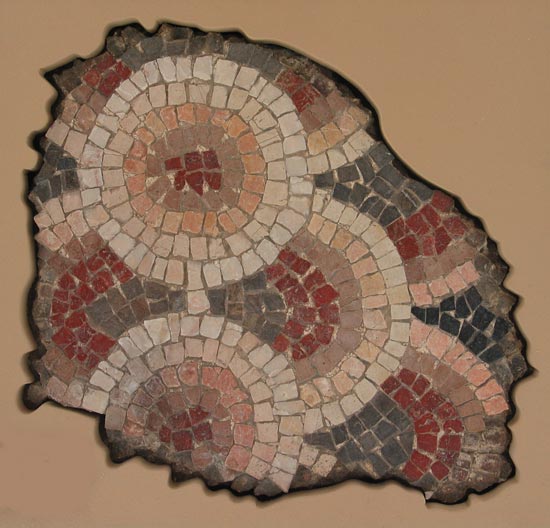
Overlapping circles Mosaic tesserae of white and colored marble Roman Period Carthage, Tunisia. R. P. Delattre 1893. KM 92
-
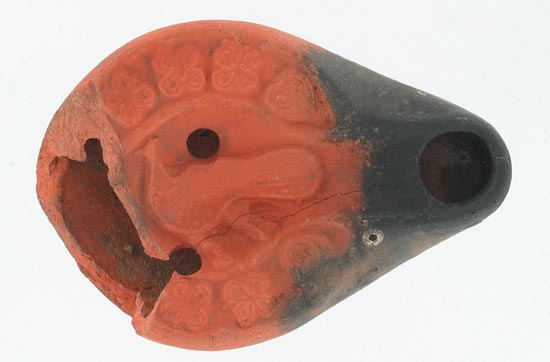
Oil lamp fragment with peacock Clay Late Roman–Early Byzantine Periods (4th century AD) Hippo Regius, Algeria. F. W. Kelsey purchase 1893. KM 202
-
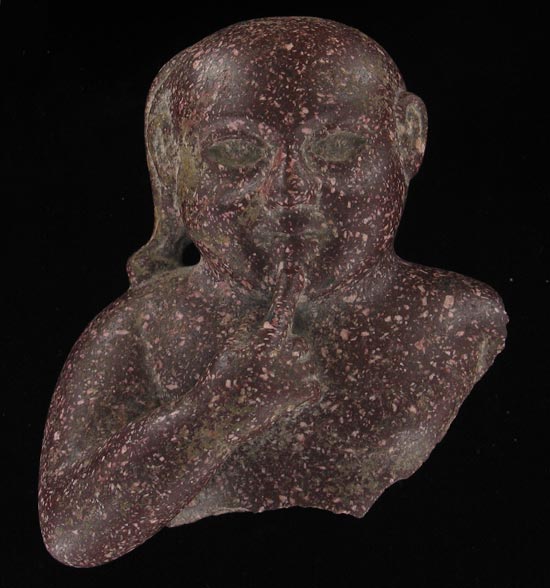
Fragmentary statuette of Harpocrates Porphyry Roman Period (2nd century AD) Carthage, Tunisia. F. W. Kelsey purchase 1927. KM 7023
-
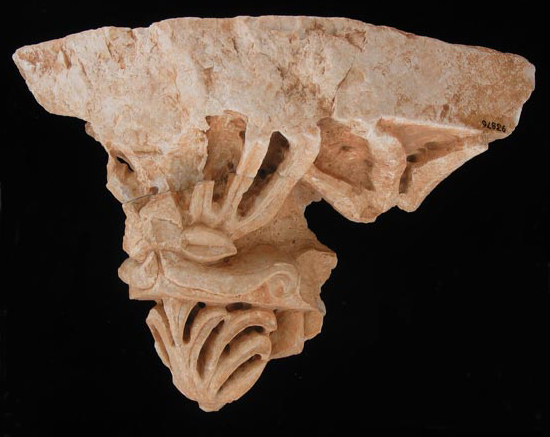
Cornice fragment from the Temple of Augustus White limestone Roman Period (early 1st century AD) Pisidian Antioch, Turkey. UM Excavation 1925. KM 93873, 93876
-
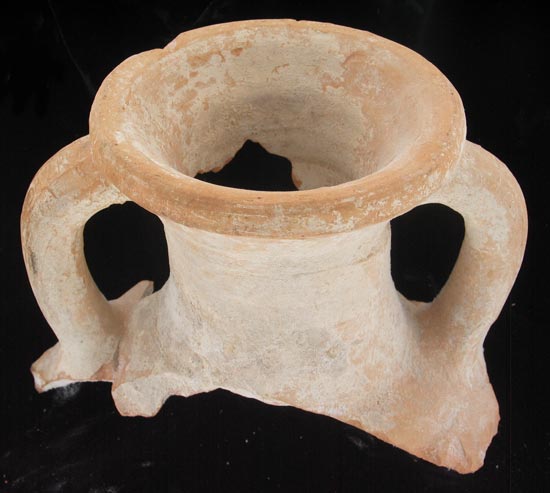
Brindisi-type amphora fragment Clay Roman Period (late 2nd century bc–1st century AD) Jerusalem, Israel. F. W. Kelsey purchase. KM 1843
Click on the picture to see more details